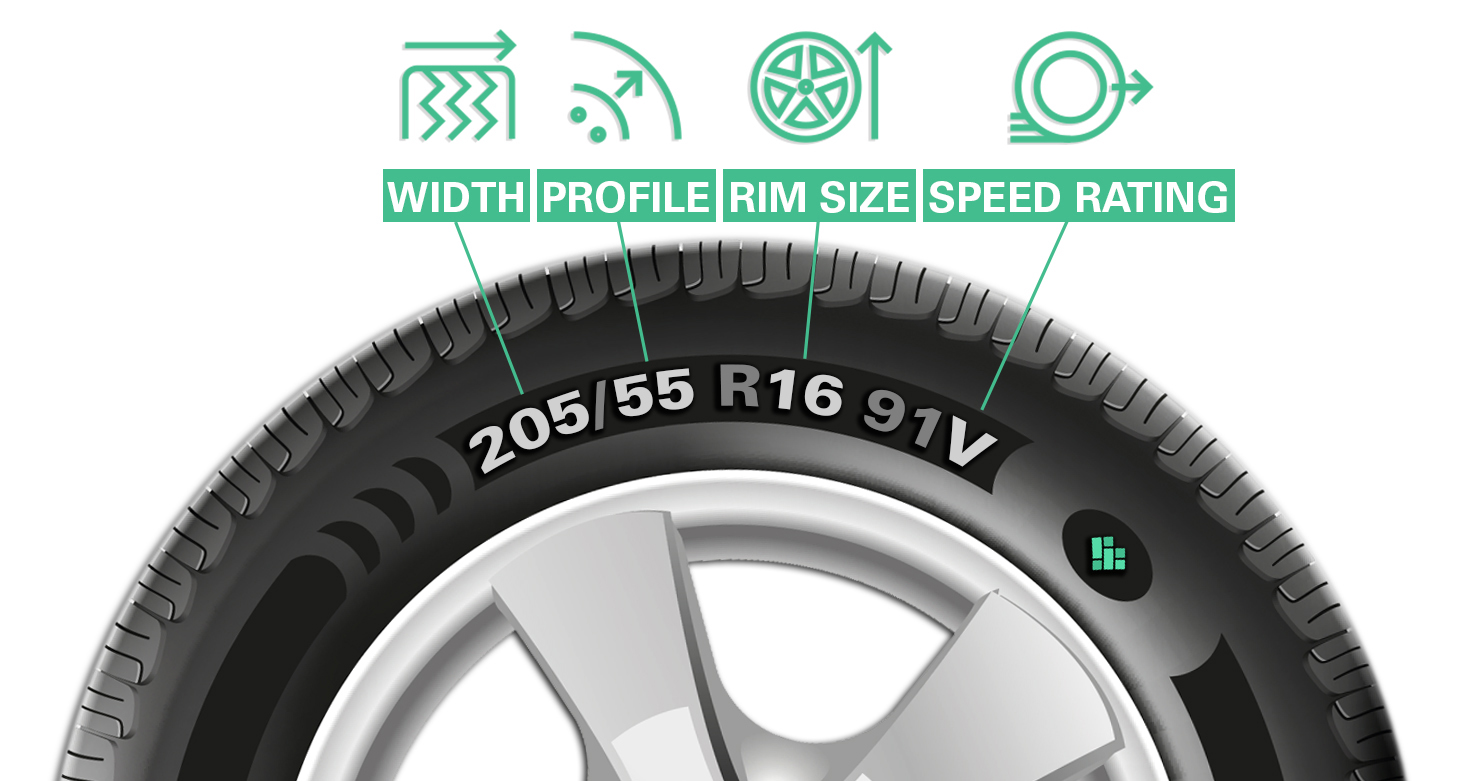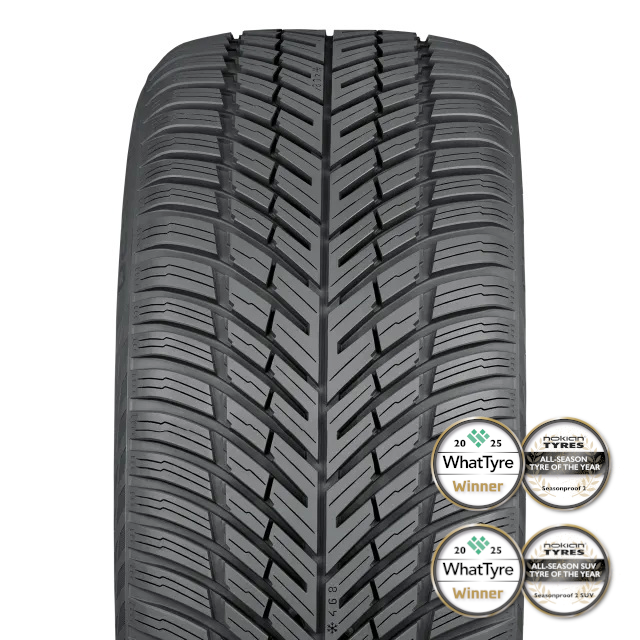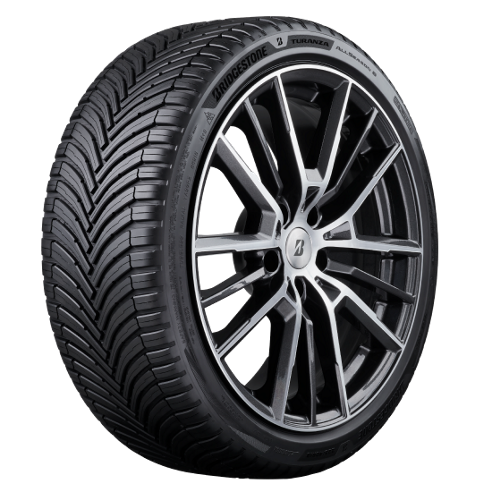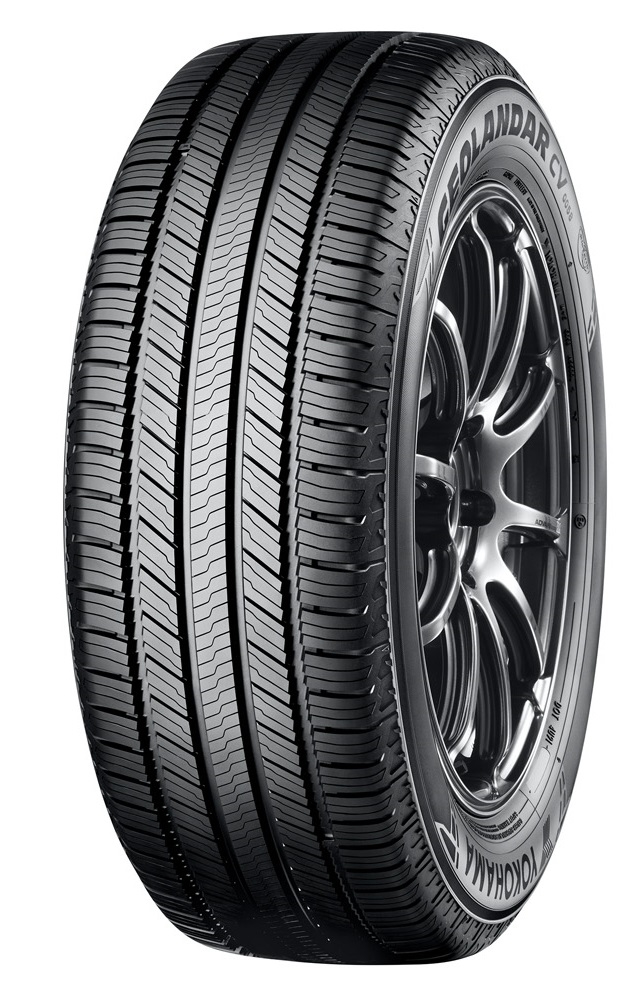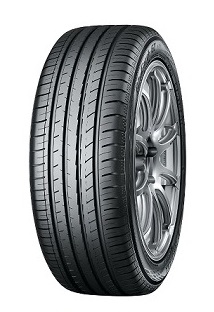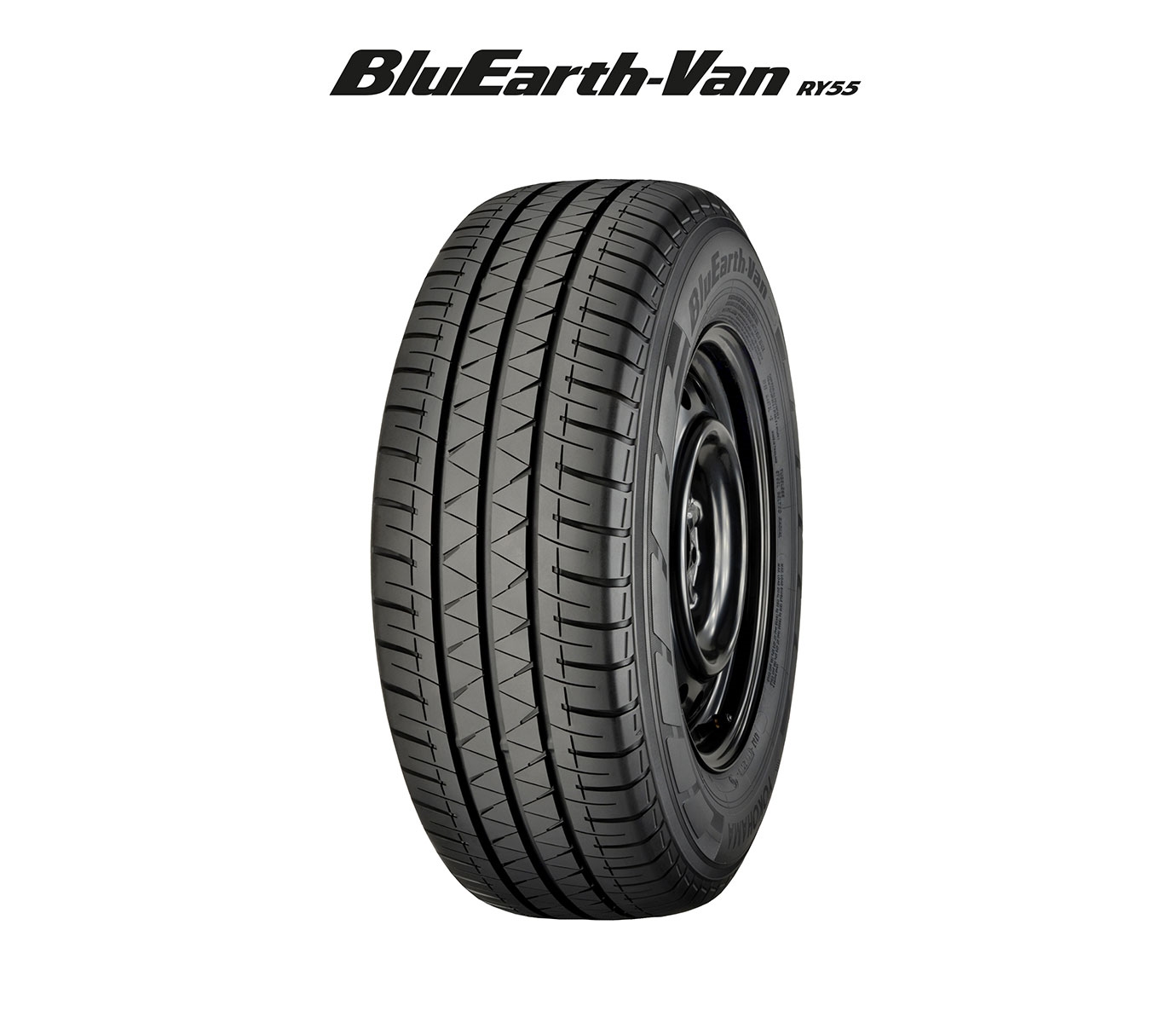It goes without saying that tyres are critical to road safety, directly affecting each vehicle’s handling performance and efficiency. Choosing the right tyre will impact driving comfort, the car’s fuel efficiency and how fast it’s able to go on the roads. However, with all the different brands, sizes, prices and compositions on the market, selecting tyres can often be a source of frustration and confusion. Thankfully all of these products are marked with a standardised code, indicating their suitability for different vehicles. The code is made up of a series of numbers and letters which represent the specifications. Find out how to decode these markings below.
What do the numbers on the tyre sidewall mean?
First, let’s break down the main digits by taking a look at the example shown in the picture below:
- 205 – Tyre width
The first three numbers refer to the width in millimetres, so this tyre would measure 255 mm from sidewall to sidewall. The width is an important factor for traction as a wider surface equals more contact with the road.
- 60 – Aspect ratio
The aspect ratio is basically the tyre’s side profile expressed as a percentage of the width. In this case, this profile height is 60% of the width. Anything above 50 may be considered a “high profile”. One advantage of a high profile is the cushioning effect it has against impacts, whereas a lower profile may offer more traction and improved handling.
- R – Construction type
This letter refers to the type of construction. “R” stands for radial, which is the standard type for most tyres. The inner construction consists of rubber-bonded cords which are angled at 90 degrees to the direction of travel. Other types include bias belt (B) and diagonal (D) constructions.
- 16 – Diameter
The diameter is measured in inches and it indicates the size of the wheel rim that you can fit the tyre to.
Other important markings
- 91 – Load index
These numbers represent the maximum load capacity that the tyre is able to carry. The index can be found online or in your vehicle documents. According to the load index chart, “91” means that the tyre’s maximum load is 615 kg. However, this value will also depend on whether the air pressure is correct. The load capacity range for the majority of vehicles is about 335 kg to 1060 kg (70 – 110 on the load index). Overloading your vehicle can cause serious tyre failure, a reduction in fuel efficiency, and poor handling, increasing the risk of a tyre-related road accident.
- V – Speed rating
This letter indicates the maximum speed for the car when it is carrying the maximum load. In this case, “V” represents a maximum speed of approximately 149 mph or 240 km/h. For this rating, “A” is the lowest speed class and “Z” is the highest class. It is possible to fit tyres with a higher class than the ones fitted by the car manufacturer, however, choosing a lower rating will consequently reduce the vehicle’s maximum permissible speed.

